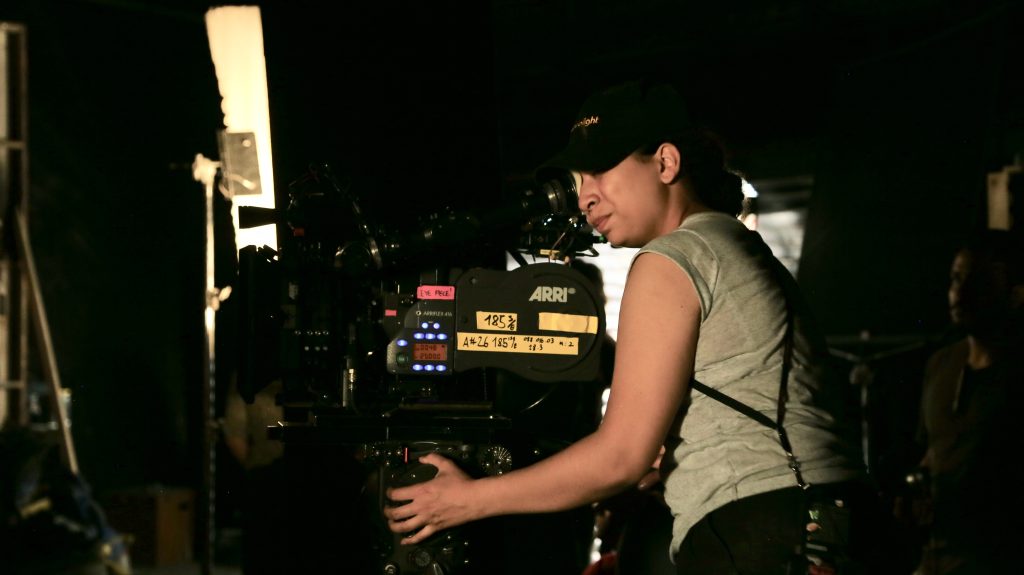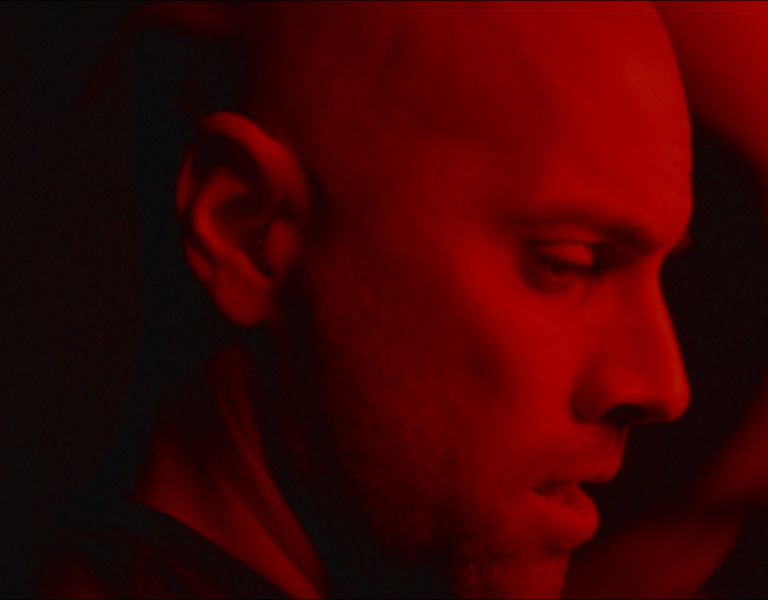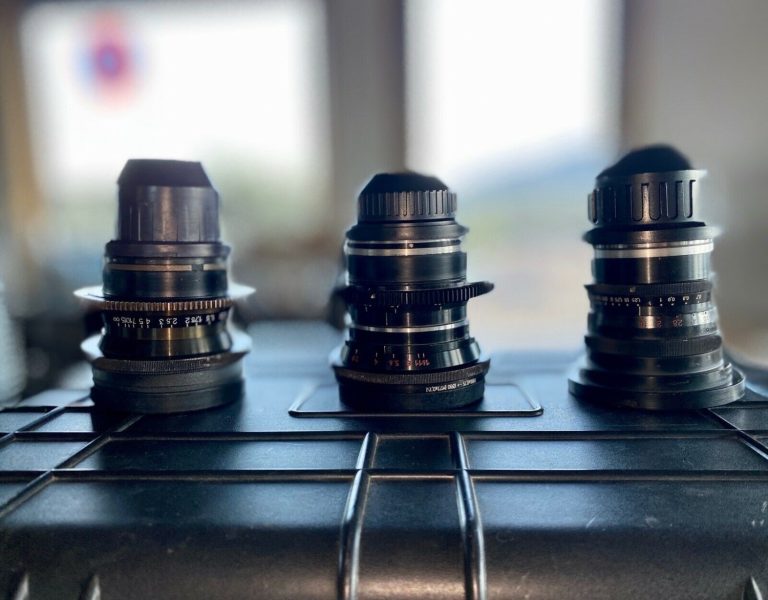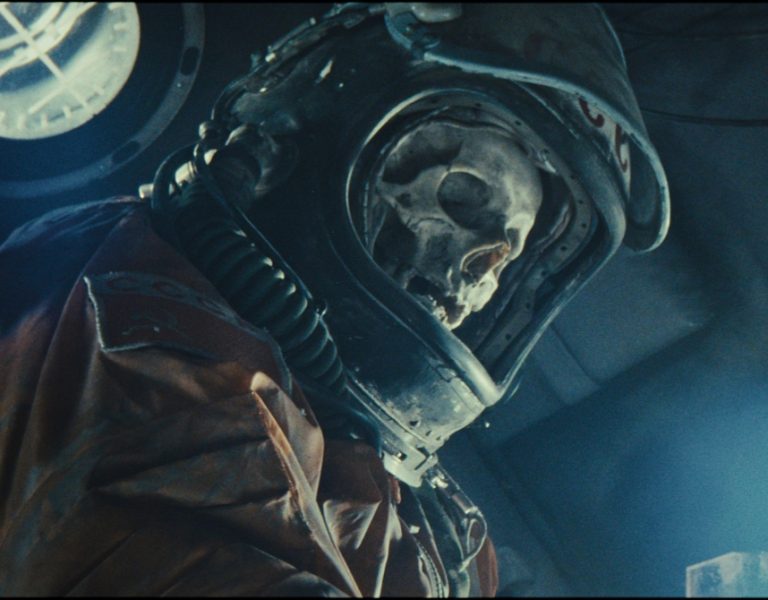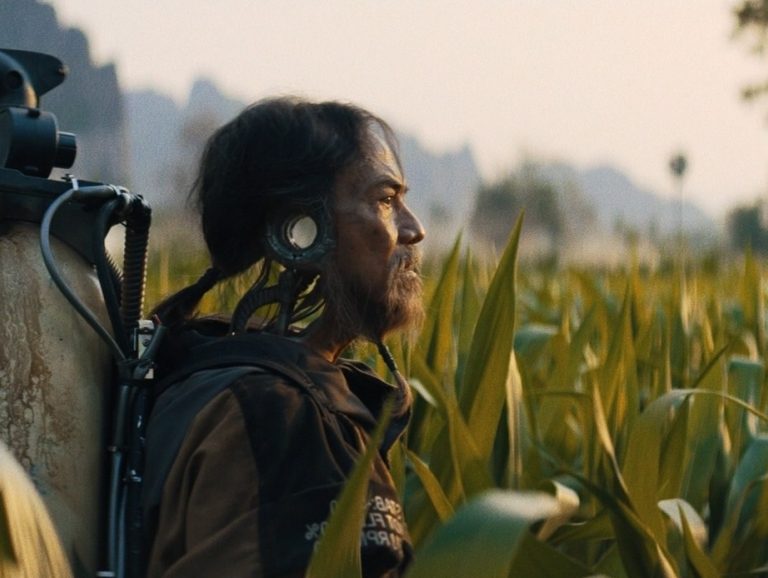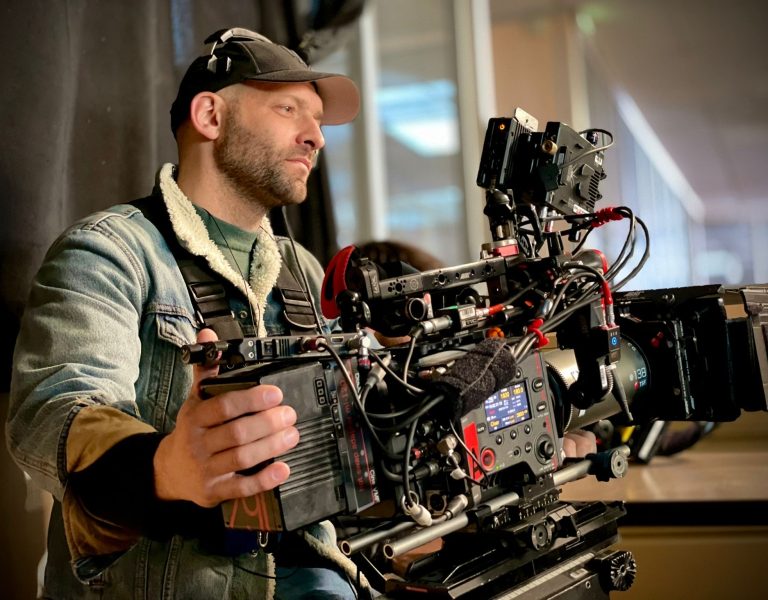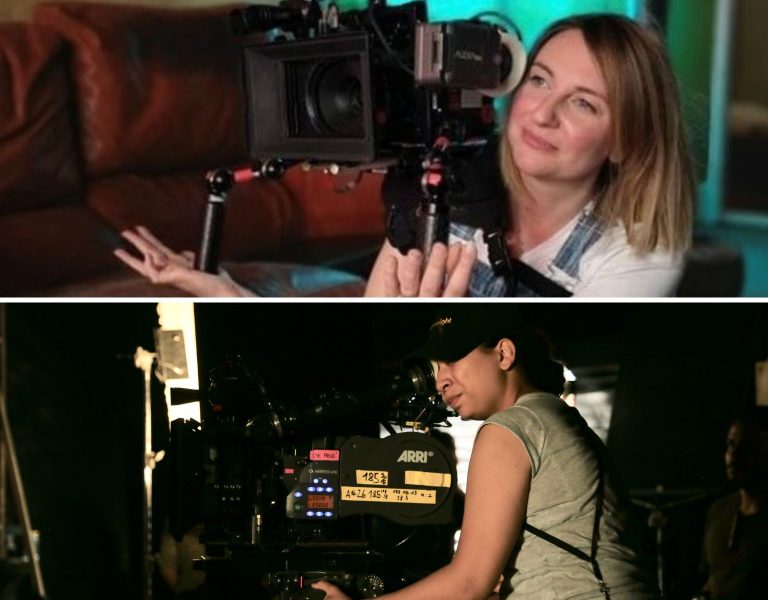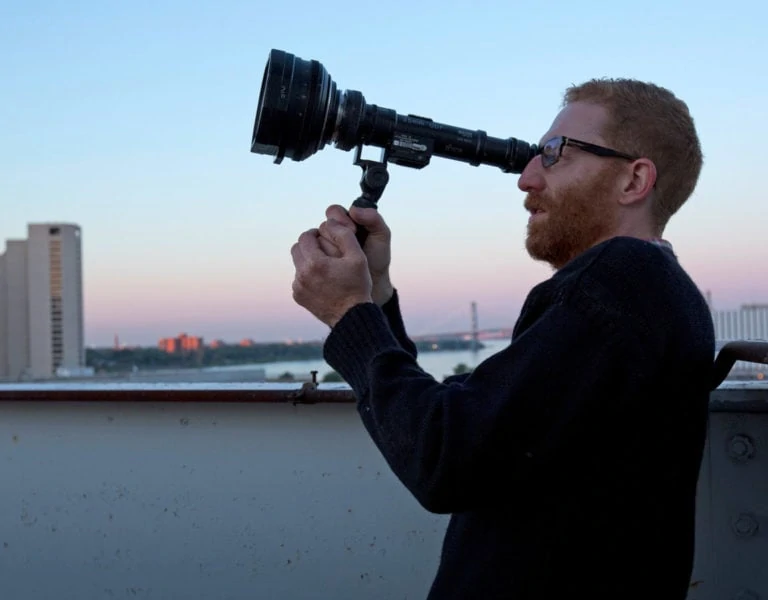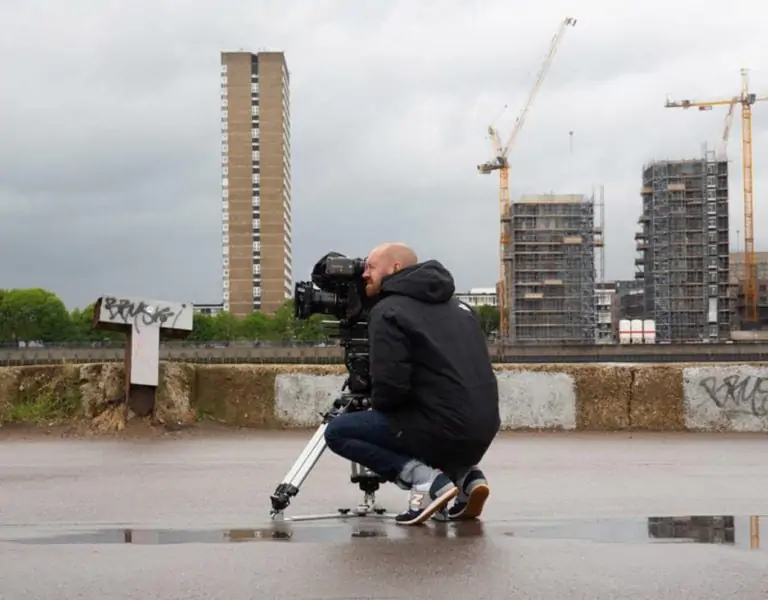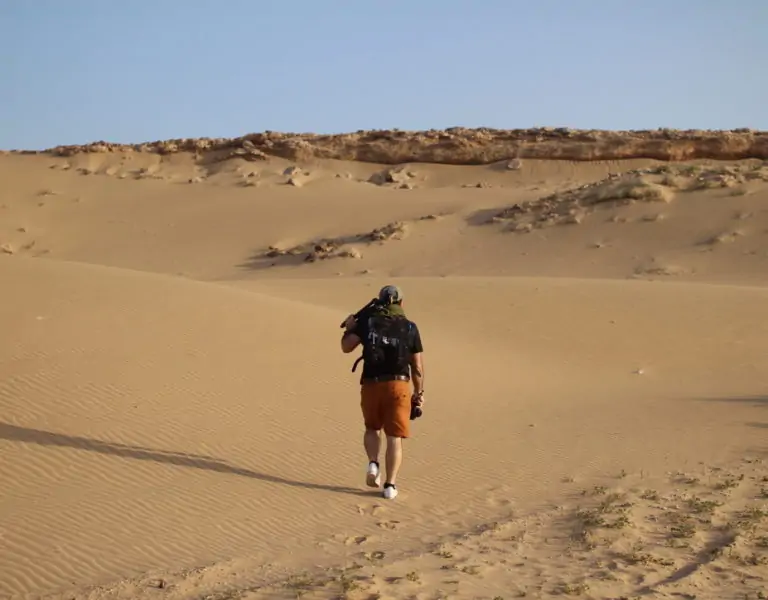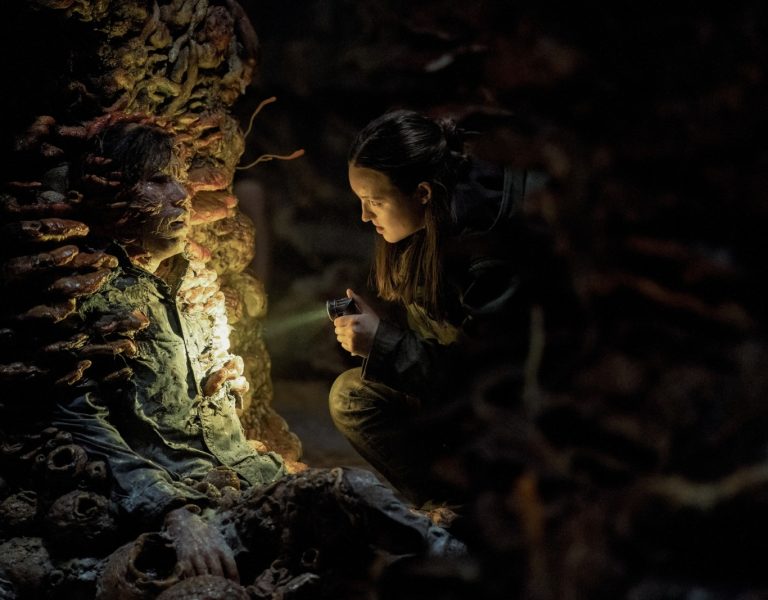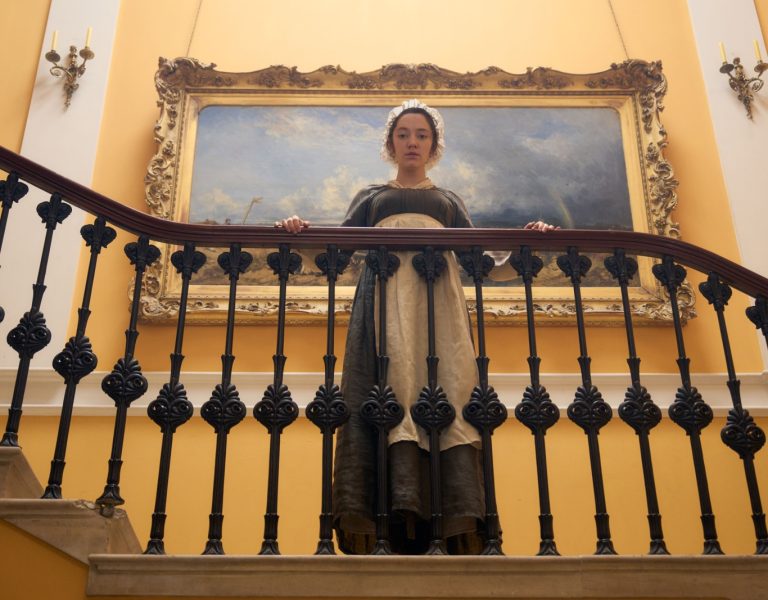Home » Features » Interviews » New Wave »
SCREEN SERENDIPITY
Filmography so far:
Narrative
Dreaming Whilst Black (episodes two-six; A24/BBC3/Big Deal Films)
Lioness: The Story of Nicola Adams feature documentary (Salon Pictures/Amazon Prime)
Stratum Deep (NFTS Grad) which won Silver Tadpole at Camerimage
Where We Used To Meet
Medea
Rejoice
Resist
Again/Again
Commercials
Nike, Adidas, Age UK, Louis Vuitton, Jägermeister, Water Aid, Shelter, Nurofen, Bremont, Philadelphia, Selfridges.
Music Videos
Bring Me The Horizon, Quarry, Silk City ft. Ellie Goulding, Celeste, Jazmin Bean, Little Simz, Jax Jones ft Au/Ra, Emir Taha, Dizzee Rascal, Ashnikko, Sega Bodega, Olivia Dean, Lava La Rue ft Big Piig.
When did you discover you wanted to be a cinematographer and what inspired you to follow this career path?
I discovered it purely by accident at 21. I had always loved analysis of image and text in school which led me to pursue a degree in History of Art and English Literature. I loved watching films and I enjoyed taking photos – I used to study the work of photojournalists in Time magazine and National Geographic. When I found out there was a job that combined all of these things, a lightbulb went off in my head and I made it my life goal to understand more about this thing called ‘cinematography’. I didn’t know the first thing about how to get into it as a career but that didn’t put me off, and I hustled my way in.

Where did you learn your craft?
I studied first at the London Film School, MA Filmmaking. As it’s a general filmmaking course it definitely did help me somewhat with an overview of the process because I knew absolutely nothing when I started. But when I graduated I still didn’t feel like I had truly broken the skin of my craft specifically – I wanted to learn more in depth. So, I freelanced for a couple of years, mostly as a spark and occasional gaffer on short films, before finally applying to the National Film and Television School (NFTS) MA Cinematography. That course was a game changer for me, in confidence and technical skill.
What are your favourite films, and what makes them stand out to you?
Yi Yi (2000) Dir. Edward Yang, Cin: Wei-Han Yang – The story is really captivating, I wanted to stay in these characters’ lives for the rest of my life and was gutted when the film ended. It showcases the beauty of the mundane in a very gentle, unflashy, and unobtrusive way, and is an example of pared-back cinematography allowing the characters to exist within a frame.
Night of the Hunter (1955) Dir: Charles Laughton, Cin. Stanley Cortez ASC – The lighting and the composition are so graphic and dynamic, that the film has stayed with me ever since I saw it. It plays with light and shadow so deliberately that it makes me want to push myself more.
In the Mood for Love (2000) Dir. Wong Kar-Wai, Cin. Christopher Doyle HKCS
This is a masterclass in texture, tone, and subtext, which are the things I care about the most when I shoot.
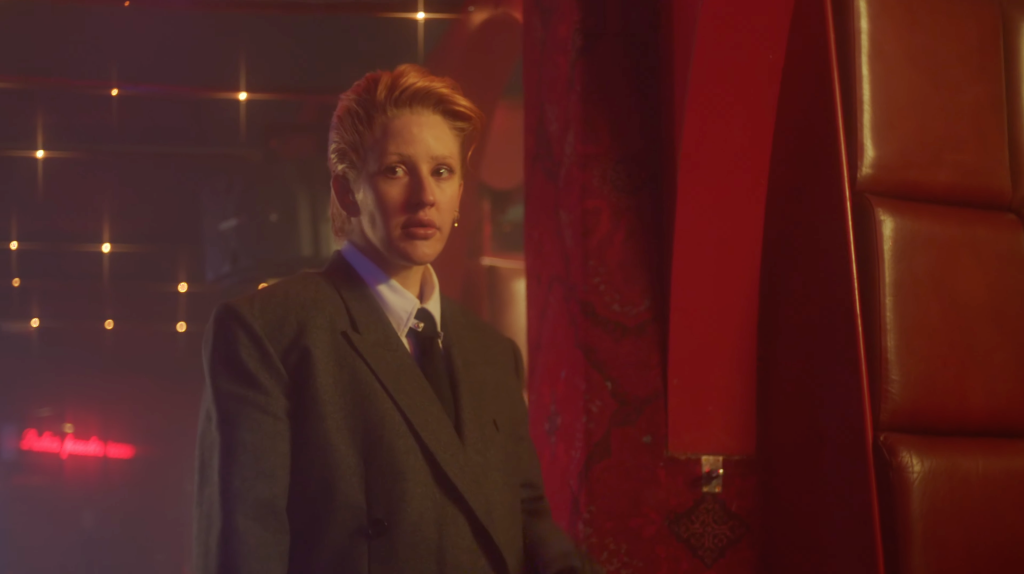
Who in the film world inspires you?
Bradford Young ASC, because his philosophy on life and the way he uses that philosophy to inform his approach to films really resonates with me. Similarly, Chayse Irvin ASC CSC for the same reason.
Mandy Walker AM ACS ASC for always pushing and breaking those barriers for us women, and Robbie Ryan BSC ISC for the emotion that comes out of his shots.
What’s the most useful advice you’ve received and from whom?
“Just try it” from my NFTS Cinematography tutor Stuart Harris. Those three simple words gave me the confidence to stop overthinking my approach and to just trust my instinct and try things out. It has made all the difference when I’ve doubted myself.
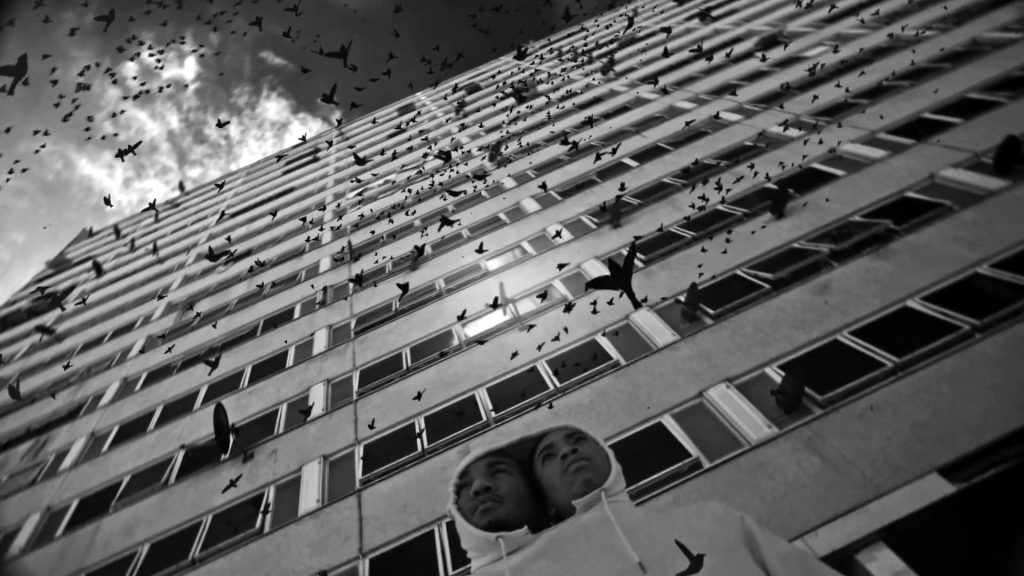
What advice would you give someone considering becoming a cinematographer?
My advice to anyone starting out has always been to understand who you are and what your taste is first. The technical will come later. Don’t worry about sensor sizes, don’t worry about clout. Work on your eye, recognise what your instincts are, your visual likes and dislikes, and what you’re trying to say, and stay true to it. That’s the thing that will separate you from the others.
What have been your greatest triumphs and disasters on set?
Everything I’ve ever done has been both my greatest triumph and my greatest disaster combined. Someone said to me once that they felt like they were a success to their past self and a failure to their future self – and I feel exactly that same way. Every shoot I have pushed myself and made a small step forwards, and yet what about the shots we didn’t have time for? That extra piece of equipment that would’ve elevated that scene? That amazing location that fell through last minute? The extra 10 minutes for one more light? I walk on that tightrope every day.
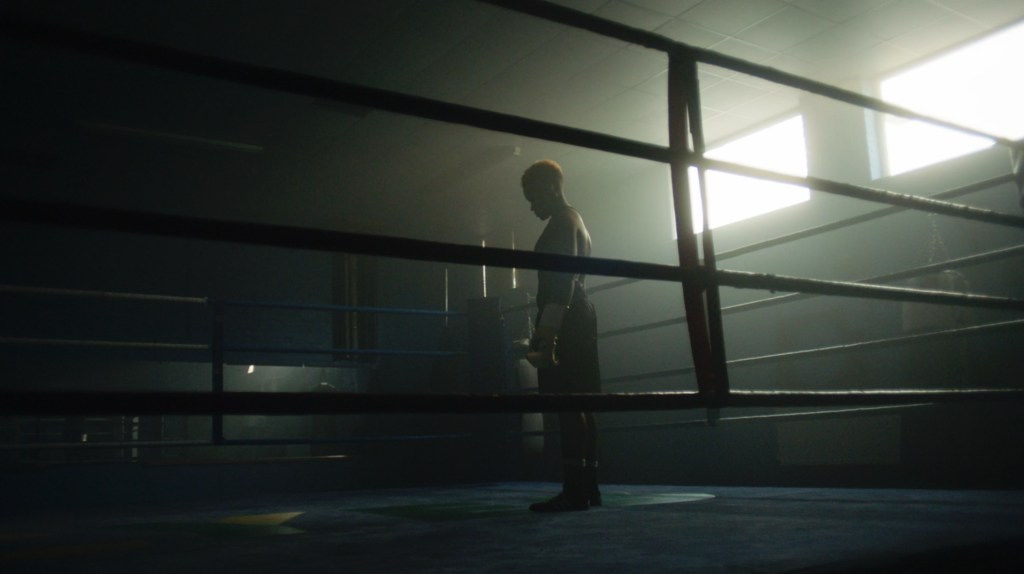
What lights your fire outside of work?
I’ve loved travelling forever. My friends and I have been to North Korea, Transnistria, Myanmar, China, among others. I lived in Tokyo, Japan for four years and that was one of the best periods of my life to experience a totally new culture and way of thinking. I also feel most at peace when I’m out in nature walking and can clear my thoughts. And anyone who knows me personally will know that I exploit every chance to spend time with my cat!
What has been the biggest challenge in your career and how did you overcome it?
It’s a general thing rather than a specific incident, but the comparison to other DPs and their work has plagued me since the beginning. The social media highlights reel doesn’t help! When self-doubt creeps in it can be hard for me to stay focused on my own path and appreciate how far I’ve come. This has caused me to unintentionally self-sabotage and that has probably hindered me professionally at times. Also avoiding complacency when you’ve done a number of shoots in a row (usually commercial projects) that don’t necessarily spark your creative side or that actively reject it. Talking to my friends in the industry in an honest and open way always makes me feel better. We should all talk more!
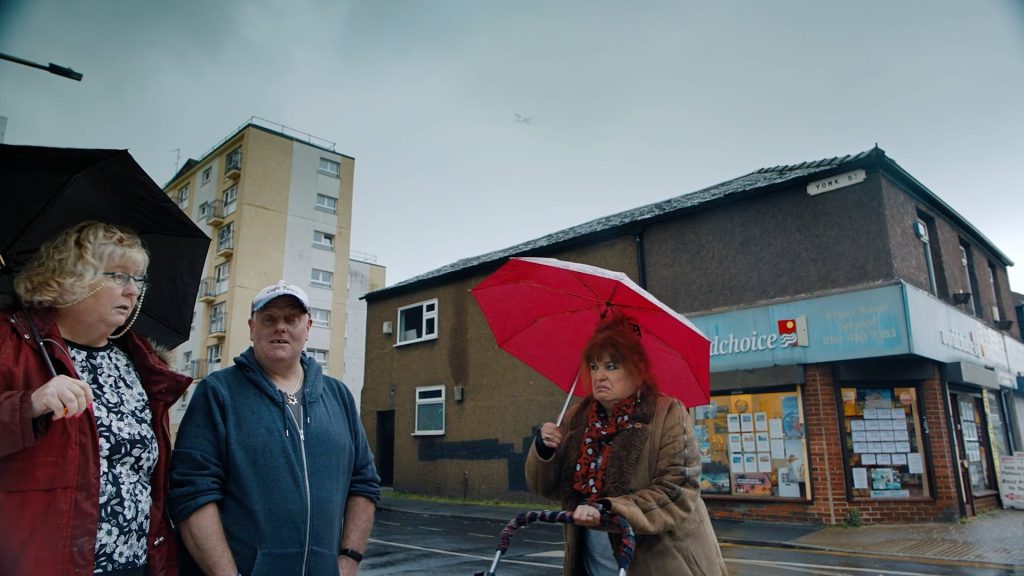
What piece of kit could you not live without?
My light meter is surgically attached to me at all times.
Which film would you love to have shot?
It’s a tie between The Quiet Girl (2022; dir. Colm Bairéad, cin. Kate McCullough ISC) and This Is England (2006; dir. Shane Meadows, cin. Danny Cohen BSC) – both for the beautiful marriage of cinematography and performance, and the way they enhance each other.
Which productions are you most proud to have lensed, and why?
Stratum Deep – my NFTS graduation film – is my pride and joy, both for the technical aspect (shooting 200 ISO 7213 film in a coal mine where we were very limited in the lighting we can bring) as well as the story and the process with the director, which I enjoyed greatly. Our collaboration must have been a good one as the film won the Silver Tadpole at Camerimage in 2020. Period films are my favourite to shoot by far, and this one was set in the 1980s. I was born in 1985 so maybe there’s a nostalgia there for me!
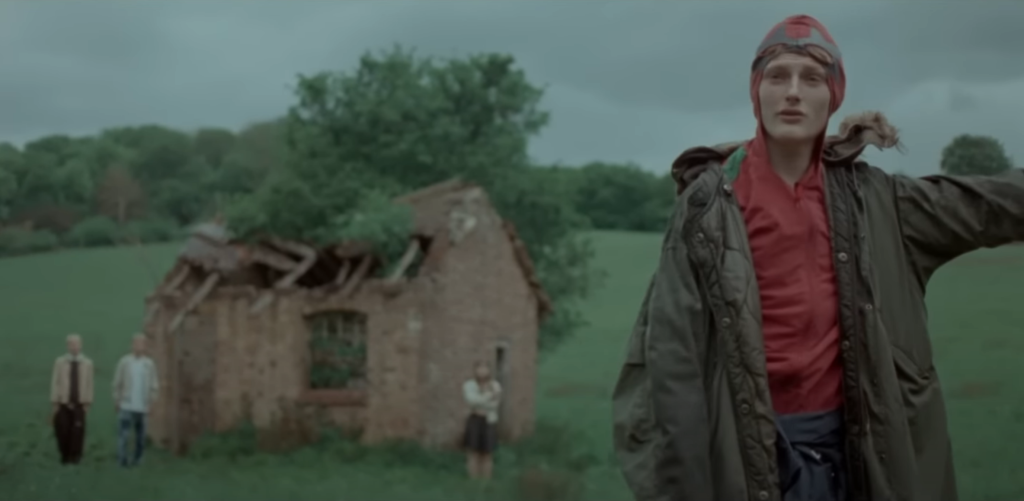
What’s the best and worst thing about your job?
The best thing is the feeling of satisfaction and achievement when the director calls ‘cut’ on a take where the camera, lighting, and performance all synchronised in the most perfect way. I sometimes pinch myself that I’m continually being trusted to bring people’s visions to life so
when I succeed and it all comes together I feel invincible for that moment, it’s lovely. The worst thing – but sadly the most important one to master – is the politics.
How would you best describe your approach to cinematography?
In pre-production I’m very philosophical and analytical, and I will break a script and a character down to their bare bones to understand the tone. I will get into that world and live in it. This means that when I’m on set I can allow myself to be instinctive and responsive to the actors, because I’ve already immersed myself in the world. I can’t always articulate why I want it to be a hard light not a soft light, or why this focal length feels more right than another. I’m very experimental in my approach and I connect best with directors who have the same sensibility. If a shot or a method feels right I don’t question it.
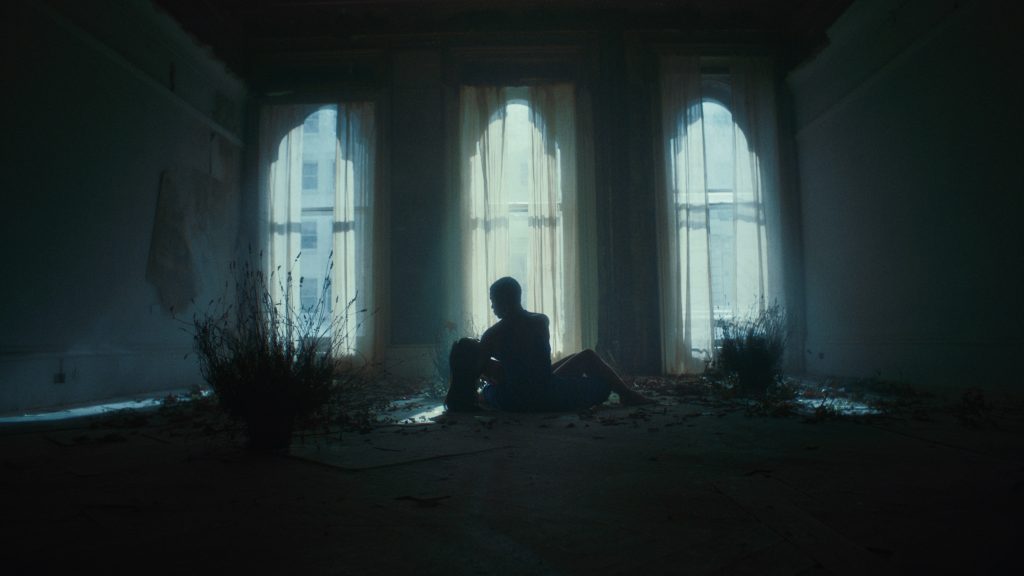
What are your aspirations for the future?
I would like to reach a place in my career where I am attracting the kinds of projects that allow me to really create a visual landscape with meaningful imagery based on story and character. I’m getting there slowly, and that’s ok – I’m in no rush.
What do you think are the industry’s biggest challenges?
The biggest thing I’ve noticed on a practical level is equity. Equality is slowly getting there, but there is no equity yet when it comes to class, race, or gender. I’m often judged on my experience not my potential, which means I can get stuck in a particular lane or budget level a lot longer. Whereas with non-minority HODs there’s often more willingness to give someone a chance at a bigger opportunity if they interview well and they get on, even if they don’t necessarily have the experience to match. We will only have equity when directors and producers push hard to diversify their teams in HOD roles not just in trainee roles, and when bigger opportunities are entrusted to us.
